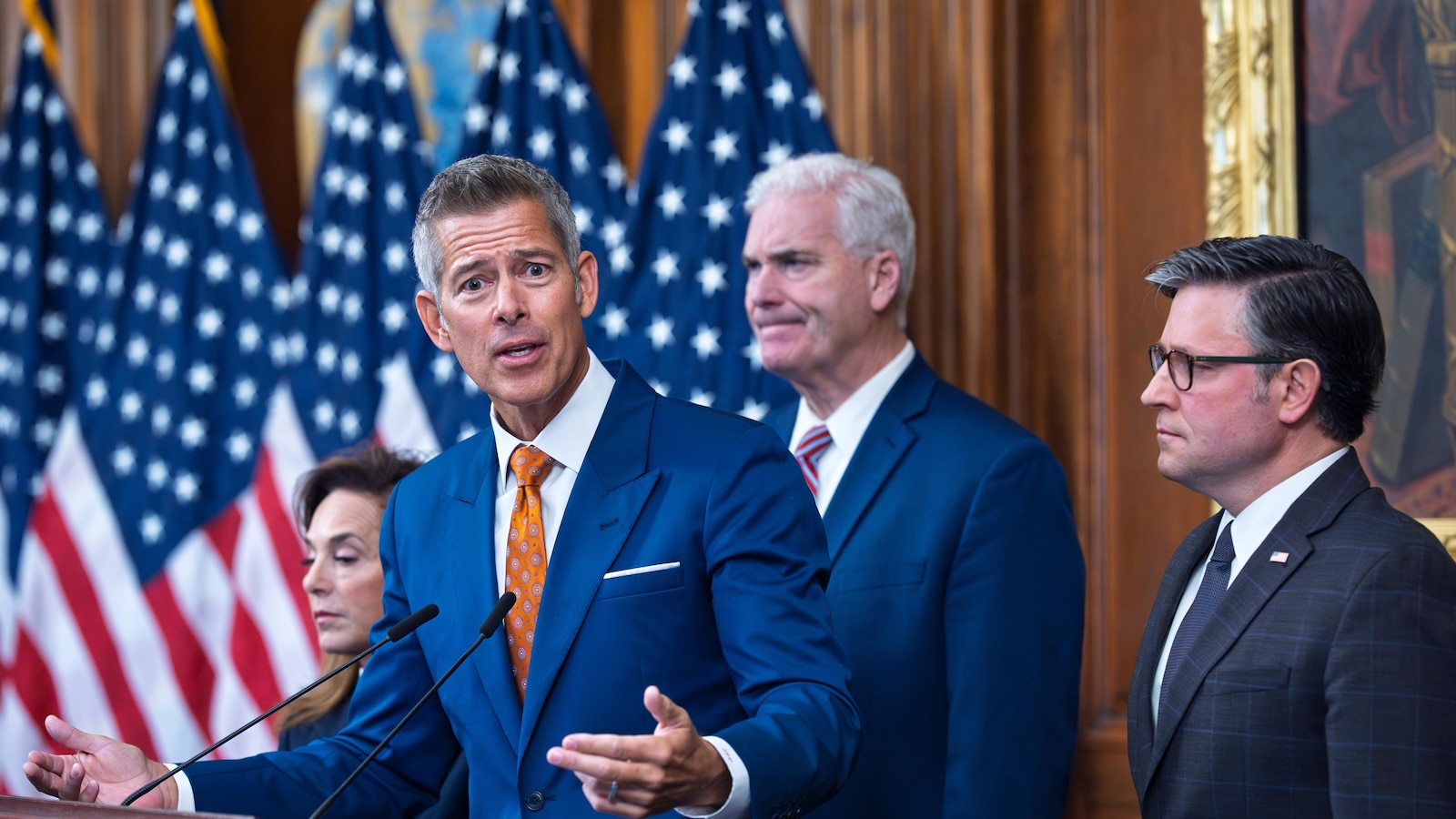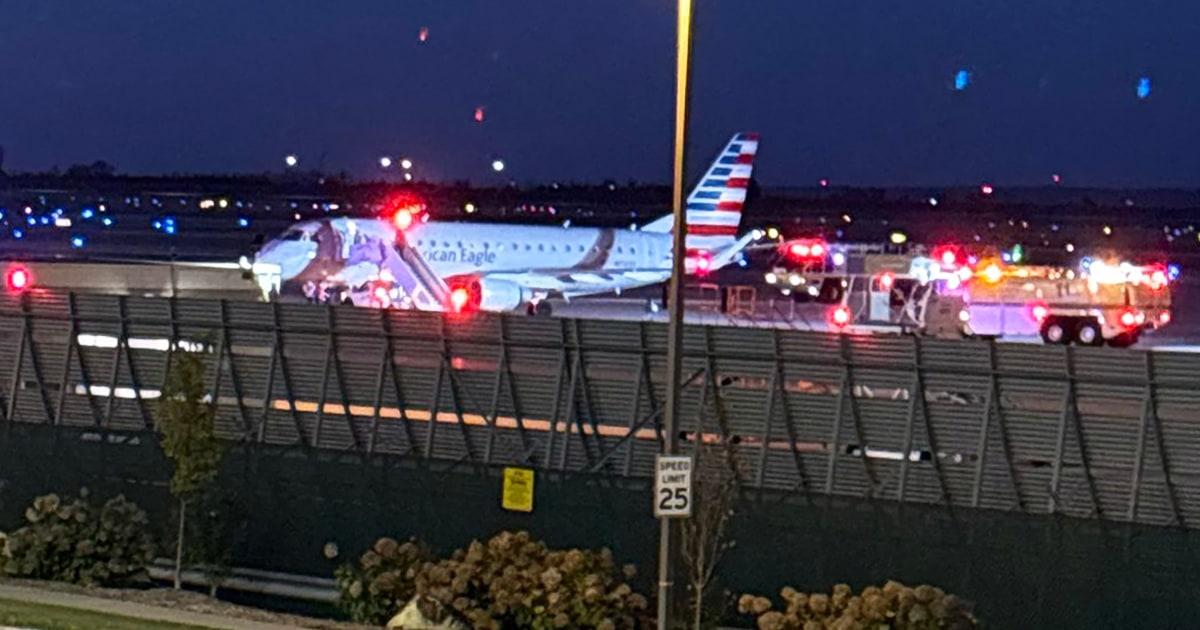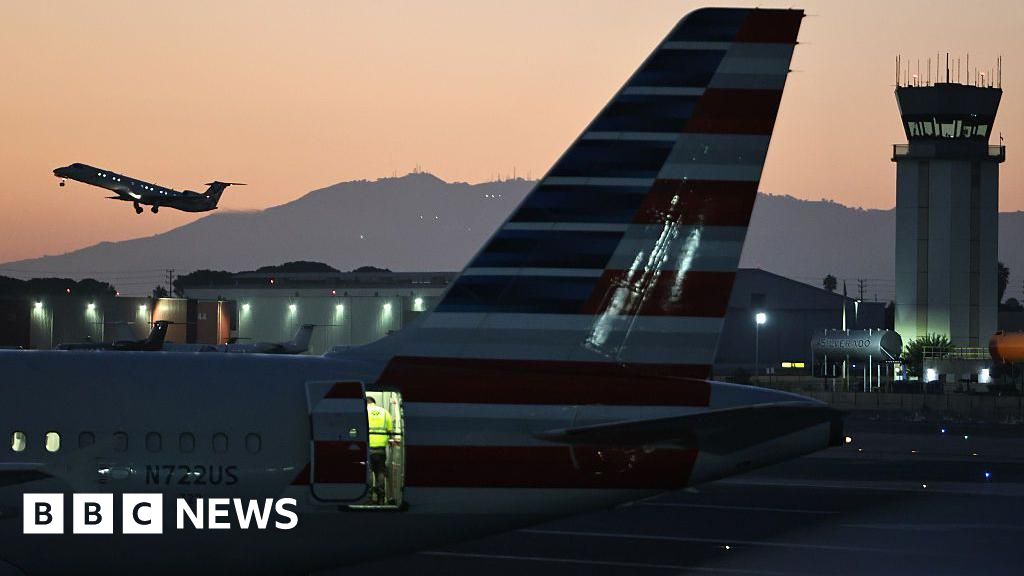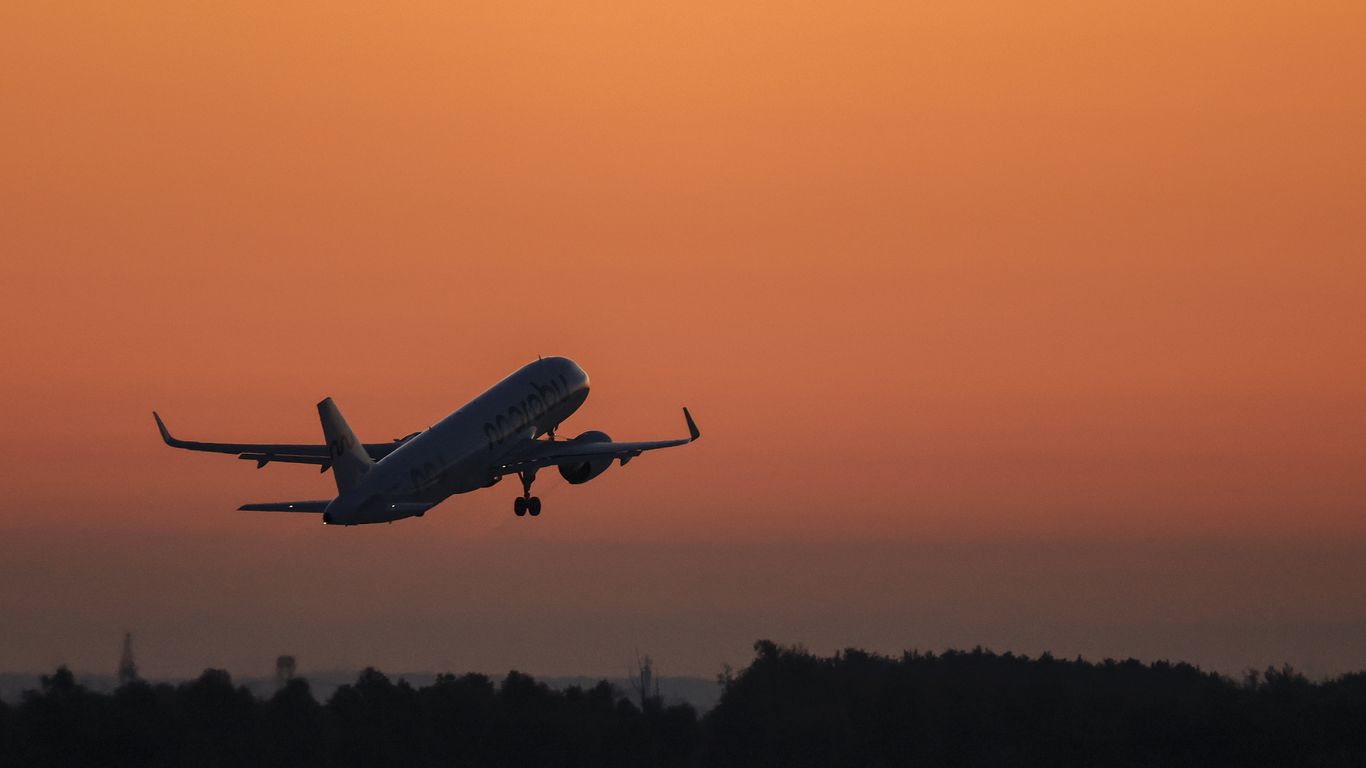Flights to Los Angeles Halted Amid Air Traffic Controller Crisis

Flights to Los Angeles Halted Amid Air Traffic Controller Crisis
Los Angeles International Airport (LAX) experienced a significant disruption as flights destined for the airport were temporarily halted due to an air traffic controller shortage, according to the Federal Aviation Administration. The ground stop, which began Sunday morning, affected aircraft at their departure points, leading to widespread delays averaging nearly two hours for travelers across the country. This incident highlights growing concerns about the stability of the nation’s air traffic control system, particularly during periods of federal government shutdowns, when controllers face increased stress and financial uncertainty. Transport Secretary Sean Duffy warned that more delays and cancellations could follow as controllers call in sick at higher rates, compounding operational challenges at one of the world’s busiest airports.
Broader Impact and Traveler Experience
The disruption at LAX is part of a broader pattern affecting major U.S. airports, including Newark, Chicago, and Washington, where similar staffing shortages caused takeoff and arrival delays. While the FAA lifted the LAX ground stop after a few hours, the ripple effects were felt by airlines and passengers alike, with some flights diverted or canceled outright. Travelers are advised to check with their airlines for real-time updates and consider potential delays when planning trips. As the aviation system grapples with staffing and infrastructure pressures, such incidents underscore the need for long-term solutions to ensure reliable air travel during peak demand and periods of national uncertainty.
About the Organizations Mentioned
Federal Aviation Administration
The **Federal Aviation Administration (FAA)** is a U.S. government agency responsible for ensuring the safety, efficiency, and regulation of civil aviation and commercial space transportation within the United States and its surrounding international waters. Established originally as the Federal Aviation Agency in 1958, it became part of the Department of Transportation in 1967, adopting its current name[1][3]. The FAA’s core functions include regulating and overseeing air traffic control, pilot and technician certification, airport safety standards, and aircraft manufacturing and maintenance regulations. The agency manages air traffic for over 50,000 daily commercial and general aviation flights, ensuring safe and efficient navigation through the National Airspace System (NAS)[2][4]. It also develops and operates air traffic control and navigation systems used by both civil and military aircraft, showcasing its broad operational scope[1][3]. The FAA operates through five main lines of business: - Air Traffic Organization (ATO), managing air navigation services and control facilities such as towers and radar centers - Aviation Safety (AVS), responsible for certification of personnel and aircraft - Airports (ARP), overseeing national airport system planning and grants - Office of Commercial Space Transportation (AST), regulating commercial space launches and reentries - Security and Hazardous Materials Safety (ASH), focusing on risk reduction and infrastructure protection[4]. In addition to regulation, the FAA invests heavily in research and development, advancing aviation technology and safety systems, including aeromedical research and environmental programs addressing noise and pollution from aircraft[2][3]. Its mission emphasizes providing the safest, most efficient aerospace system globally, with a vision of integrating new technologies and users into aviation safely and innovatively[6]. Notable achievements include establishing stringent safety standards that have made U.S. airspace one of the safest worldwide and pioneering regulation of commercial space transportation, an emerging sector. The FAA’s commitment to innovation and safety continues to shape the future of aviation and aerospace, making it a central figure in both business and technolog








